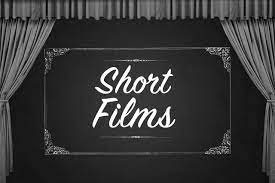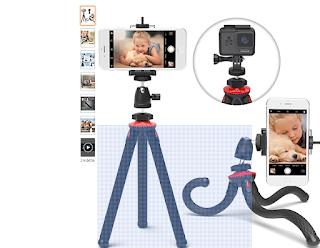Research: How to Make a Short Film
My takeaway from the video was:
Start by coming up with an idea for your short film. This could be inspired by a personal experience, a news story, or just a concept that you find interesting.
Write a script for your short film. This should include dialogue, action, and descriptions of the setting and characters.
Gather a team of people to help bring your short film to life. This may include actors, a director, a cinematographer, and other crew members.
Create a shot list and storyboard for your short film. This will help you visualize each scene and plan out the camera angles and movements.
Set up a schedule for filming and rehearse with your cast and crew. Make sure everyone knows their roles and is prepared for the shoot.
Choose locations for filming that are suitable for your script and storyboard. You may need to scout out multiple locations before deciding on the final one.
Set up the lighting and camera equipment to achieve the desired look and feel for your short film.
Record audio for your short film, either with a separate microphone or by using the built-in microphone on your camera.
Begin filming your short film, following your script and shot list. Make sure to capture a variety of shots, including close-ups, medium shots, and wide shots.
Edit your short film using a video editing software. This may involve trimming shots, adding transitions, and adding sound effects and music.
Use color grading techniques to adjust the overall look and feel of your short film.
Add titles and credits to your short film using text and graphics.
Preview your short film and make any necessary adjustments or revisions.
Export your short film as a digital file in a format that is suitable for sharing online or at film festivals.
Promote your short film by sharing it on social media and submitting it to film festivals.
Consider submitting your short film to online platforms such as Vimeo or YouTube, where it can reach a wider audience.
Attend film festivals and events where your short film is being shown, and network with other filmmakers and industry professionals.
Keep an eye out for opportunities to collaborate with other filmmakers or to work on larger projects.
Continuously learn and improve your skills as a filmmaker by staying up to date with industry trends and techniques.
Keep making short films and experimenting with different styles and techniques to find your unique voice as a filmmaker.



Comments
Post a Comment